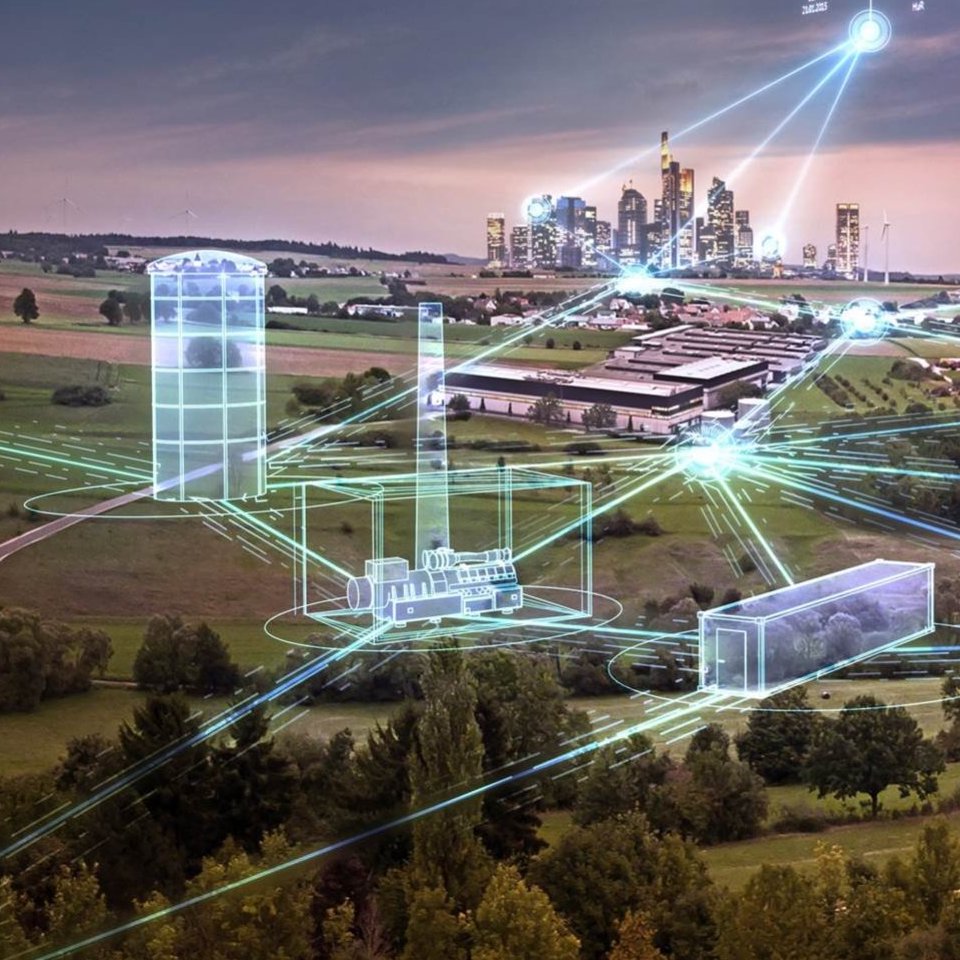Yara’s Solar Ammonia Plant is a Key Step toward Global Trade in Renewable Energy
By Stephen H. Crolius on October 05, 2017
Ammonia Energy Anniversary Issue: a “top five” development in economic implementation
In the last 12 months …
Yara’s Australian unit announced plans to build a pilot plant to produce ammonia using solar power. This is a key step in Australia’s efforts to develop its economy around clean energy exports, and could lead to a new system of global trade in which renewable ammonia is an energy commodity.
Demonstration plant: cost-competitive electrolyzers, solar ammonia
In March 2017, International Energy Agency Senior Analyst Cedric Philibert reached several striking conclusions in an essay on the economics of producing hydrogen from renewably generated electricity. First, industry may have already reached an inflection point where the unsubsidized cost of producing renewable hydrogen via electrolysis in certain geographies can compete with the cost of producing hydrogen via steam methane reforming. Second, the geographies where this could apply are those where producers can draw on multiple renewable sources – for example, wind and photovoltaics – so that they can obtain electricity at a low price and achieve high utilization of their plant capacity. Third, given the fact that many desirable production locations are remote from end-use markets, ammonia could be employed as a well-proven, low-cost option for linking producer and customer. Finally, if ammonia were to be employed not just as a fertilizer but as an energy carrier, a whole new system of global trade in renewable energy could emerge.

In one potential trade pairing, officials are examining options for meeting Japanese energy needs with Australian renewable resources. Australia is already one of Japan’s leading suppliers of coal and natural gas. Agencies such as the Australian Renewable Energy Agency (ARENA) made it clear during the year that the country intends to build on this position.
In another potential trade pairing, the CEO of Siemens Pacific wrote of plans to export Australian solar ammonia to Germany, describing “projects in discussion right now” to develop a 10,000 km2 solar field in the Australian desert that would generate 500 GW. This would be enough to produce 1 million tons of ammonia per day, roughly twice today’s total global production capacity, for export as a carbon-free energy commodity.
These moves set the stage for Yara’s September 2017 unveiling of plans for a “solar ammonia” demonstration near its plant in Pilbara in Western Australia. The company’s production concept appears to dovetail with Nel Hydrogen’s recent moves toward large-scale deployment of electrolyzers (cited by Philibert in his essay) with associated reductions in capital cost burden. Yara sees the potential of solar ammonia unfolding across several stages, from reduction of the company’s own carbon footprint to entrée of green ammonia into global energy markets.
Ammonia Energy reporting
- September 2017: Yara: solar ammonia pilot plant, for start-up in 2019
- July 2017: On the Ground in Australia: Two Key Mentions for Ammonia Energy
- June 2017: Renewable Ammonia cost-competitive with Natural Gas Ammonia
- April 2017: IEA calls for renewable hydrogen and carbon-free ammonia
- April 2017: The Hydrogen Consensus
- January 2017: Australian solar-ammonia exports to Germany
- October 2016: Australia’s Concentrated Solar Fuels Program
A year in review
To mark the first anniversary of Ammonia Energy, we reviewed the most important developments from the last 12 months. This “top ten” list spans two areas: five are technology advances that will arguably produce the most important opportunities for ammonia energy, and five are economic implementation steps that are arguably the most significant moves toward real-world deployment.
Technology advancement:
- The Dawn of Bio-Ammonia
- Advances in Ammonia-Fired Gas Turbines Open Up Major Use Case
- Overcoming the Selectivity Challenge in Electrochemical Ammonia Synthesis
- Progress toward Ammonia-to-Hydrogen Conversion at H2 Fueling Stations
- Development of Direct Ammonia Fuel Cells
Economic implementation:
- Yara’s Solar Ammonia Plant is a Key Step toward Global Trade in Renewable Energy
- Power-to-Ammonia: the Economic Viability of Ammonia Energy
- Green Ammonia Consortium: Bright Prospects in Japan for Ammonia as an Energy Carrier
- The Maritime Industry Begins Assessment of Ammonia as a Fuel
- Ammonia Energy Gains Recognition from U.S. Department of Energy